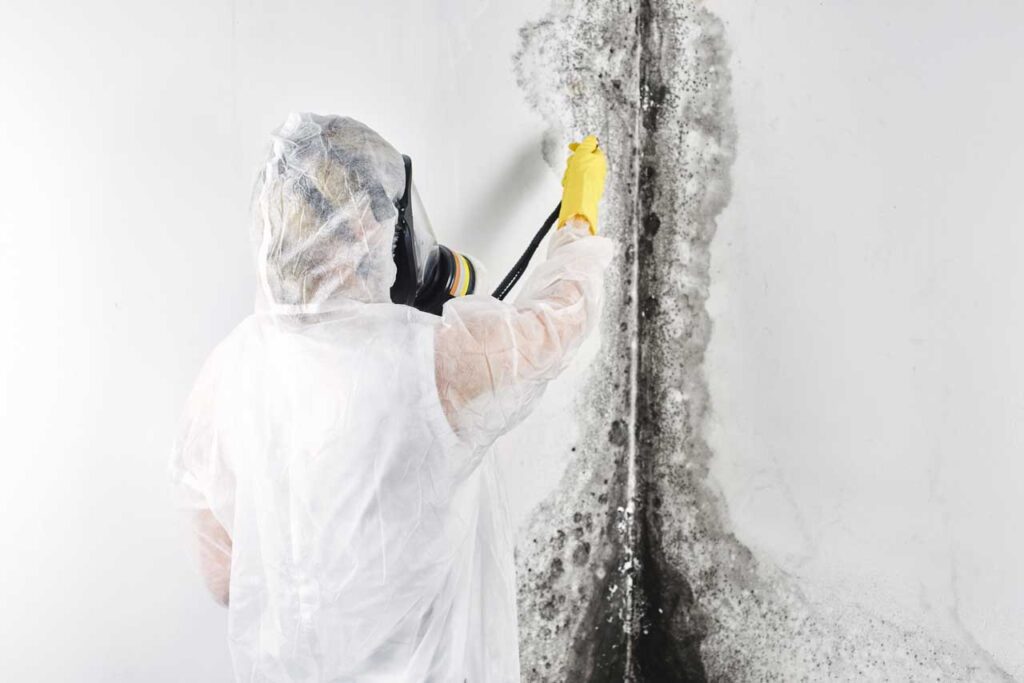Are you concerned about the potential presence of mold in your home or business in Los Angeles? Look no further than our expert team at Los Angeles Mold Inspection. We specialize in providing comprehensive mold inspection services, helping you identify and address any mold issues that may be impacting your property. With our in-depth knowledge and state-of-the-art equipment, we can thoroughly assess your space for mold growth and provide you with detailed reports and recommendations for remediation. Don’t let mold compromise the safety and health of your space – trust Los Angeles Mold Inspection to provide you with reliable and efficient mold inspection services.
What is Mold?
Definition
Mold is a type of fungus that is naturally present in the environment. It reproduces by releasing spores into the air, which can then settle onto surfaces and grow under the right conditions. Mold can be found both indoors and outdoors and can thrive in various environments, including damp and poorly ventilated areas.
Causes of Mold Growth
Mold requires moisture, organic material, and a suitable temperature to grow. Some common causes of mold growth include:
-
Water leaks or flooding: Any source of water intrusion, such as leaking pipes, roof leaks, or flooding, can create the perfect environment for mold to grow.
-
Humidity: High humidity levels can contribute to mold growth, especially in areas with poor ventilation, such as bathrooms or basements.
-
Condensation: When warm air comes into contact with a cold surface, condensation can occur. This moisture can create an ideal breeding ground for mold.
-
Poor ventilation: Lack of adequate airflow can allow moisture to accumulate, increasing the chances of mold growth.
Health Risks of Mold
Mold can have detrimental effects on both the physical health and indoor air quality of a space. Exposure to mold spores can cause various health issues, including:
-
Allergic reactions: Some individuals may experience allergic symptoms, such as sneezing, coughing, itchy eyes, or skin rashes, when exposed to mold.
-
Respiratory issues: Mold can worsen existing respiratory conditions, such as asthma or bronchitis. It can also cause the development of respiratory infections in individuals with compromised immune systems.
-
Irritation: Mold spores and mycotoxins released by certain mold species can irritate the eyes, nose, throat, and skin.
-
Toxicity: Some molds produce mycotoxins, which are toxic substances that can cause more severe health problems in humans and animals.
Importance of Mold Inspection
Preventing Health Issues
Regular mold inspections are essential for preventing health issues associated with mold exposure. By identifying and addressing mold growth early on, you can ensure your indoor environment is safe and healthy for you and your family. Mold inspection helps to detect hidden mold that may not be visible to the naked eye, allowing for prompt remediation.
Identifying Hidden Mold
Mold can often grow in hidden or inaccessible areas, such as behind walls, under carpets, or inside HVAC systems. A professional mold inspection can help identify these hidden mold sources through various testing methods, including moisture and humidity testing, air sampling, and thermal imaging. By pinpointing the exact location and extent of mold growth, appropriate remediation measures can be taken.
Protecting Property Value
Mold growth can significantly impact the value of a property. If left untreated, mold can cause structural damage to buildings and compromise the integrity of materials. This can lead to costly repairs and reduced property value. By conducting regular mold inspections, you can ensure the early detection and prevention of mold-related issues, protecting the value of your property.
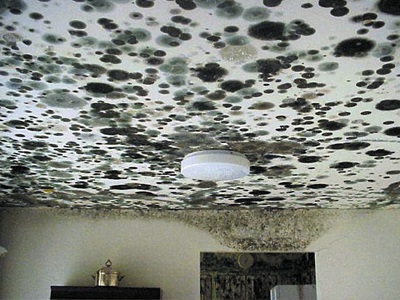
When to Consider Mold Inspection
Visible Signs of Mold
If you notice any visible signs of mold growth, such as discoloration, black spots, or a fuzzy texture on walls, ceilings, or other surfaces, it is crucial to consider a mold inspection. Visible mold growth indicates an underlying moisture issue that needs to be addressed to prevent further spread and potential health risks.
Unexplained Allergic Symptoms
If you or your family members experience unexplained allergic symptoms, such as persistent coughing, sneezing, or itchy eyes, it could be a sign of mold exposure. Even if you don’t see any visible mold growth, conducting a mold inspection can help determine if hidden mold sources are causing the allergic reactions.
Musty Odor
A musty or earthy odor in your home or office space may indicate the presence of mold. Mold releases volatile organic compounds (VOCs) that can produce a distinct odor. If you notice a persistent musty smell, especially in areas prone to moisture or water damage, it is advisable to schedule a mold inspection to identify and address any mold growth.
Choosing a Mold Inspection Company
Certifications and Licenses
When selecting a mold inspection company, it is essential to ensure they have the necessary certifications and licenses. Look for certifications from reputable organizations such as the Indoor Air Quality Association (IAQA) or the National Association of Mold Remediators and Inspectors (NAMRI). Licensed professionals have undergone the proper training and adhere to industry standards in conducting mold inspections.
Experience and Expertise
Consider the experience and expertise of the mold inspection company before making a decision. A reputable company should have a track record of successfully conducting mold inspections in a variety of settings. Ask about their experience in handling similar mold-related issues and inquire about the qualifications of their inspectors.
Client Reviews and References
Read client reviews and testimonials to gauge the satisfaction level of previous customers. Look for reviews that highlight the company’s professionalism, accuracy of inspections, and effectiveness of remediation recommendations. Additionally, ask for references and contact previous clients to get firsthand feedback about their experience with the mold inspection company.
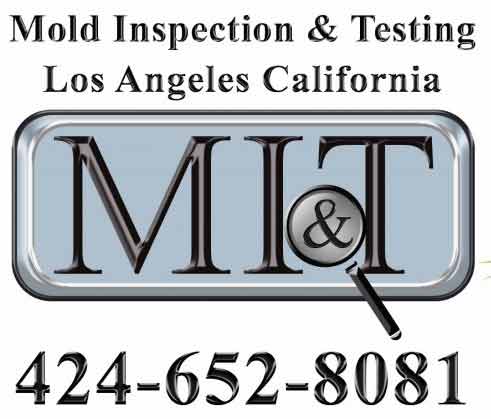
What to Expect During a Mold Inspection
Initial Assessment
During an initial assessment, a mold inspector will visually examine the property for any visible signs of mold growth. They will assess areas prone to mold infestations, such as bathrooms, kitchens, basements, and areas with previous water damage. The inspector will ask questions about any known moisture issues, water leaks, or previous mold problems.
Moisture and Humidity Testing
Moisture and humidity testing is a crucial step in a mold inspection. The inspector will use specialized tools, such as moisture meters and hygrometers, to measure the moisture content and humidity levels in different areas of the property. High moisture levels indicate potential areas of concern that can lead to mold growth.
Air Sampling
Air sampling involves collecting air samples from various areas of the property to determine the concentration of mold spores in the indoor environment. These samples are then sent to a laboratory for analysis. Air sampling helps identify the types and quantities of mold spores present, providing insight into the extent of mold contamination.
Thermal Imaging
Thermal imaging, also known as infrared thermography, is a non-intrusive method used to identify areas of potential moisture accumulation or temperature differences. By capturing thermal images, the inspector can identify hidden moisture sources and potential mold growth areas that may not be visible to the naked eye.
Report and Recommendations
After completing the mold inspection, the inspector will provide a comprehensive report detailing their findings. The report will include information on any visible mold growth, moisture-related issues, air sampling results, and thermal imaging findings. The inspector will also provide recommendations for remediation measures to address the mold problem effectively.
Mold Remediation Process
Containment
One of the first steps in the mold remediation process is creating containment to prevent the spread of mold spores to unaffected areas. This often involves the use of plastic sheets and negative air pressure machines to isolate the contaminated area.
Removal of Mold-Infested Materials
Mold-infested materials, such as drywall, carpeting, insulation, or furniture, may need to be removed to eliminate the source of the mold. Proper personal protective equipment is used during this process to ensure the safety of the remediation crew and prevent further contamination.
Cleaning and Disinfection
Once the mold-infested materials are removed, the affected areas need to be thoroughly cleaned and disinfected. This involves scrubbing surfaces with appropriate antimicrobial solutions to kill any remaining mold spores and prevent future mold growth.
Preventing Future Mold Growth
After mold remediation, it is crucial to address the underlying moisture issue to prevent future mold growth. This may involve repairing leaks, improving ventilation, or installing dehumidifiers. Regular inspections and maintenance can also help prevent the reoccurrence of mold problems.
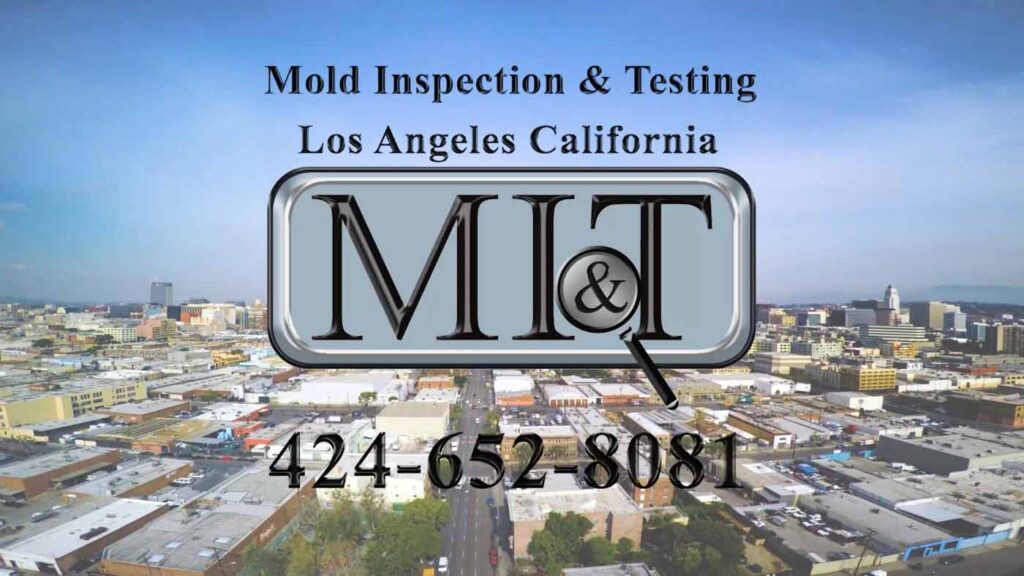
How Much Does Mold Inspection Cost?
Factors Affecting Cost
The cost of mold inspection can vary depending on several factors, including the size of the property, the extent of mold growth, the location of the property, and the complexity of the inspection. Additional factors, such as laboratory testing fees, equipment rental, and travel expenses, may also impact the overall cost.
Average Price Range
On average, the cost of a mold inspection can range from $300 to $800 for residential properties. Large or complex commercial properties may have higher inspection costs. It is advisable to obtain multiple quotes from different mold inspection companies to compare prices and services offered.
Additional Costs
In some cases, additional costs may be incurred during a mold inspection. These costs can include laboratory testing fees for air or surface samples, the cost of additional testing methods (such as thermal imaging), and any necessary repairs or remediation measures recommended by the inspector.
DIY Mold Inspection vs Professional Mold Inspection
Advantages of Professional Mold Inspection
Professional mold inspection offers several advantages over DIY mold inspection:
-
Expertise and experience: Professional mold inspectors have the necessary training, knowledge, and experience to identify potential mold issues accurately.
-
Specialized equipment: Professionals have access to specialized tools and equipment, such as moisture meters, hygrometers, and thermal imaging cameras, to detect hidden mold and moisture sources.
-
Objective assessment: Professional mold inspectors can provide an objective assessment of the mold situation and unbiased recommendations for remediation.
Limitations of DIY Mold Inspection
While DIY mold inspection may seem like a cost-effective option, it has several limitations:
-
Lack of expertise: Without proper training and knowledge, it can be challenging to accurately identify and assess mold growth, especially hidden mold sources.
-
Limited equipment: DIY inspection methods typically rely on visual inspections alone and may not detect hidden mold or moisture issues.
-
Potential health risks: Improper handling of mold during a DIY inspection can lead to increased exposure and potential health risks.
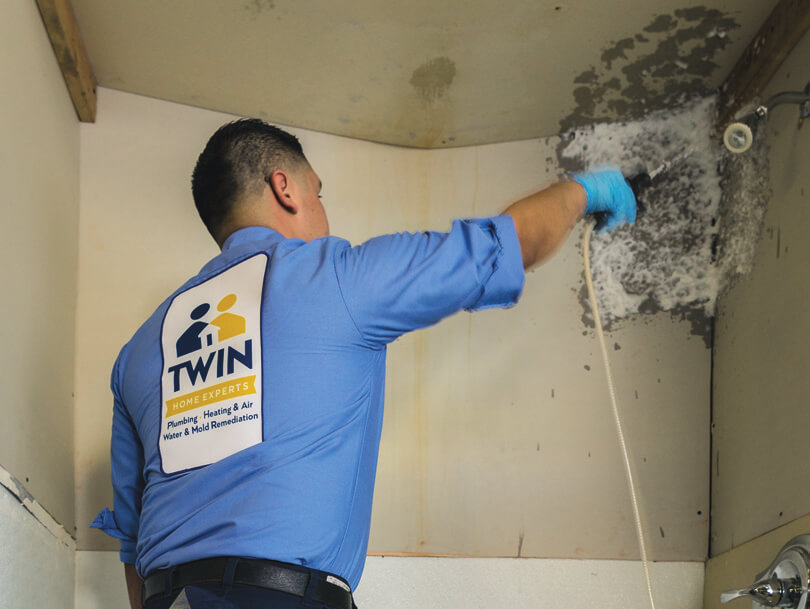
Frequently Asked Questions about Mold Inspection
How long does a mold inspection take?
The duration of a mold inspection depends on the size and complexity of the property, as well as the extent of mold growth. On average, a residential mold inspection can take anywhere from 1 to 3 hours. Larger or more intricate properties may require more time.
Is mold inspection covered by insurance?
In some cases, mold inspection may be covered by insurance, but it depends on the specifics of your insurance policy. It is advisable to check with your insurance provider to determine if mold inspection is covered and what requirements need to be met.
Can mold inspection be done during the rainy season?
Mold inspection can be done at any time, including during the rainy season. In fact, conducting a mold inspection during or shortly after periods of heavy rainfall can help identify any potential water intrusion or moisture issues that may lead to mold growth.
Conclusion
Mold inspection is an essential step in maintaining a safe and healthy indoor environment. By understanding the causes and health risks of mold growth, recognizing when to consider mold inspection, and selecting a reputable mold inspection company, you can take proactive measures to address and prevent mold-related issues. Regular mold inspections, followed by proper remediation measures, not only protect the health of occupants but also safeguard the value of your property. Taking action to address mold issues promptly is key to creating an environment free from the harmful effects of mold.
